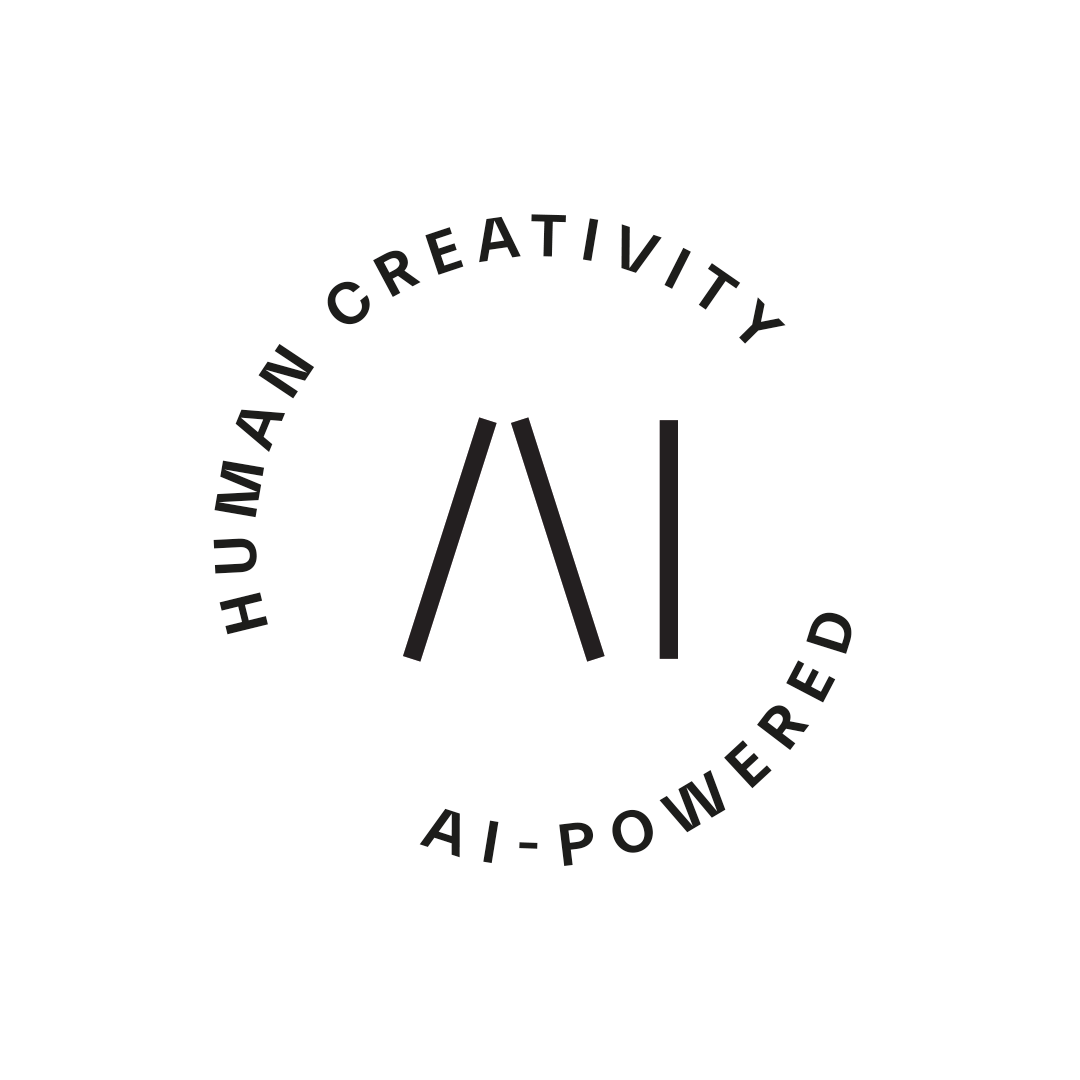How smart leaders are maximizing AI impact by choosing the right tool for each challenge
The boardroom opportunity is clear: AI can transform operations and create competitive advantages. Every leadership team is asking: where should we deploy AI for maximum impact? According to Alfred Leppänen, Intelligent Automation Team Lead at Siili Solutions, the answer lies in strategic AI implementation rather than blanket adoption.
"You probably don't need an AI for that," has become Leppänen's response to certain client requests. Coming from someone who leads intelligent automation implementations across Nordic enterprises, this reflects Siili's expertise in knowing exactly when AI delivers maximum value versus when simpler solutions prove more effective.
Strategic AI implementation: maximizing your investment
The current AI momentum has created significant pressure on leadership teams. Executives are increasingly recognizing AI as a strategic imperative rather than an optional innovation. “The challenge isn't whether to adopt AI, but how to integrate it in ways that deliver measurable business value and competitive advantage," Leppänen observes. As an AI-powered company, Siili helps clients channel this enthusiasm into strategic implementations that deliver maximum ROI by matching the right AI capabilities to the right challenges.
His team recently automated pension fund credit predictions: a complex process involving email monitoring, legacy Excel macros with decades of actuarial logic, and PowerPoint generation. The analysis revealed this workflow was entirely rule-based, making traditional RPA the optimal choice. By matching the right tool to the challenge, they delivered a solution that cut processing time by 95% while reserving AI investments for problems that truly benefit from intelligent capabilities.
The strategic insight: optimize your automation portfolio by deploying AI where it creates maximum value while using proven traditional methods for deterministic processes. This approach maximizes ROI across your entire automation strategy.
When AI actually adds value
"AI is really good at solving unstructured formats: parsing through unstructured data, reasoning about it, and making sense of it," Leppänen explains. This is where intelligent automation becomes essential.
Consider invoice processing. Traditional RPA can handle standardized formats, but requires extensive hard-coding for each supplier's unique layout. "Companies used to do—and many are still doing—a lot of invoice processing through traditional RPA solutions. But that requires very deep, comprehensive, and wide logic hard-coded into these services and automation systems," Leppänen notes.
When new partners join with different formats, developers must manually program each variation. "The problem is that it doesn't learn new formats. When a client gets a new partnership with a different invoice format, the programmer has to incorporate that particular format into the system. That makes the solution less agile," he explains.
AI-powered solutions learn from multiple invoice formats and automatically handle new variations. For one insurance client, Siili built an intelligent invoice handling system combining form recognition with a trained parsing engine. When accuracy reached acceptable business levels, it processed diverse invoices seamlessly, with human intervention needed only when the model required new training data.
The strategic difference: Traditional automation handles predictable variations efficiently. AI automation excels at learning complex patterns and adapting to unprecedented scenarios. By combining both approaches strategically, organizations create comprehensive automation capabilities that deliver optimal value across diverse use cases.
The ROI conversation that matters
Smart automation conversations start with calculating tangible savings. "We always provide clients with calculations showing how many FTEs—full-time employees—can be saved through automation," Leppänen notes. His team asks three key questions:
- Where are your process bottlenecks? Identify manual work that's repetitive, time-consuming, and error-prone
- How much time does each task consume? Calculate exact minutes per transaction, orders per week, total hours invested
- What are the current error rates and associated costs? Quantify quality issues and their business impact
"When we go to clients and discuss these processes, we also try to evaluate whether these processes actually make sense for them. We approach it with a consultative mindset," Leppänen explains. For a logistics client processing 1,000 weekly orders at 5 minutes each, the math is straightforward: 83 hours of manual work weekly. Multiply by hourly costs, and automation ROI becomes clear.
But the real strategic value emerges from a different question: "What couldn't you do before that automation now makes possible?"
Creating competitive advantage through strategic AI
The most successful automation initiatives leverage AI to create entirely new capabilities rather than just optimizing existing processes. For FEON, a metal industry operator serving dozens of international clients, we built an AI-powered document parsing engine that seamlessly processes product information from heavy, unstructured PDFs. Despite these documents lacking standardized formats, our solution extracts all the critical data needed for master data management. This intelligent workflow freed FEON's specialist team from hours of manual data extraction, allowing them to focus their expertise on more strategic, value-adding activities.
"Beyond efficiency gains, we're enabling organizations to reimagine what their teams can accomplish," Leppänen explains. The strategic question isn't just about automation—it's about identifying breakthrough capabilities that only become possible when human expertise is amplified by AI, not replaced by it.
Smart technology integration strategy
The current landscape offers powerful options: Power Automate, Salesforce Agentforce, specialized AI platforms, and custom solutions. Leppänen advocates starting with integration opportunities that can incorporate AI capabilities seamlessly.
"Before building elaborate automation bridges, explore what's already possible with your existing systems," he suggests. Many organizations benefit from leveraging AI-enhanced native tools within existing ecosystems. Power Automate's AI capabilities for Microsoft environments, Agentforce for Salesforce users reduce complexity while adding intelligent functionality.
When business requirements demand advanced AI capabilities beyond standard platforms, custom AI solutions become the strategic choice. The key is matching AI sophistication to business impact potential rather than defaulting to the simplest available option.
Managing the human impact
Perhaps the most delicate aspect involves addressing employee concerns. Leppänen recalls a meeting with Helsinki Harbor's finance team, where management enthusiasm for intelligent invoicing met resistance from the team manager responsible for current processes.
"When we met with the manager of the financing team, she was quite defensive. First, she acknowledged that processing invoices takes considerable time. But when we explained that our automation would handle this work and she could focus on oversight and quality assurance instead, she responded, 'Well, that's our job,'" Leppänen remembers.
"There was a moment where I realized the client's managers weren't aligned on how automation would affect their teams," he observes.
Successful automation requires clear change management plans that address skill development and role evolution rather than simple job elimination. The most effective initiatives reframe automation as enabling human potential rather than replacing human capability.
The strategic AI framework
In summary, for leaders ready to maximize AI impact through systematic implementation, three principles drive success:
- Match AI capabilities to business challenges: Analyze processes to identify where AI's pattern recognition, natural language processing, or predictive capabilities create genuine value versus where traditional automation suffices.
- Calculate comprehensive AI value: Look beyond cost savings to quality improvements, risk reduction, and breakthrough capability creation. The most valuable AI projects often deliver transformative benefits not part of original business cases.
- Build for AI evolution: AI capabilities advance rapidly, and your automation architecture should accommodate increasingly sophisticated AI integration over time.
About

|
Alfred Leppänen Team Lead, Senior Intelligent Automation Developer |
Alfred Leppänen is an experienced Automation Expert and Data Engineer specializing in Python, Robot Framework, and RPA, with over four years of expertise in building end-to-end solutions and integrating open-source technologies. As the Team Lead for the automation tribe at Siili, Alfred drives the adoption of Intelligent Automation and AI Agents, transforming workflows with innovative solutions.
.png)

